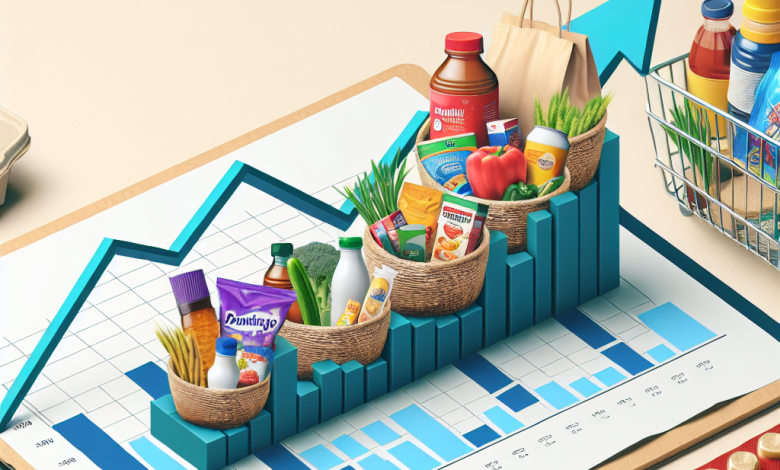
Rising Demand for GLP-1 Drugs, but Not All Packaged Food Companies Are Affected
As indications show that the demand for GLP-1 drugs exceeds expectations, concerns arise for packaged food companies. However, analysts at Bernstein suggest that some companies may navigate the situation better than others, particularly as users of these weight-loss medications shift their eating preferences toward more protein-rich foods.
Bernstein analysts noted in a recent report that, while it’s difficult to accurately measure the current market size for GLP-1 drugs in the U.S., several factors indicate it could be larger than originally estimated. Official data reveal that roughly 1.4% of U.S. adults are using branded GLP-1 drugs, but additional surveys show that 12% to 13% of adults have either taken or are currently taking these medications, with about 8% using them for diabetes or weight management.
This gap between official statistics and survey findings suggests the actual market for GLP-1 drugs might be significantly larger than previously thought. Further evidence indicates that compounding pharmacies, which create customized medications and can produce alternatives during drug shortages, may be servicing a wider array of GLP-1 patients than the official branded data reflects.
While heightened demand for these drugs is predicted to reduce the appetite for packaged foods, Bernstein identifies certain companies, such as Campbell Soup Company, as potentially more resilient. The firm upgraded Campbell’s stock from Market-Perform to Outperform, raising its price target from $55 to $58, citing trends showing GLP-1 users’ inclination towards protein-rich options.
In contrast, Hershey’s stock was downgraded from Outperform to Market-Perform, with its price target adjusted downward from $230 to $205, due to concerns that the recovery of sales volume may be challenging amid rising GLP-1 drug demand.
 GOOGL
GOOGL  META
META 


